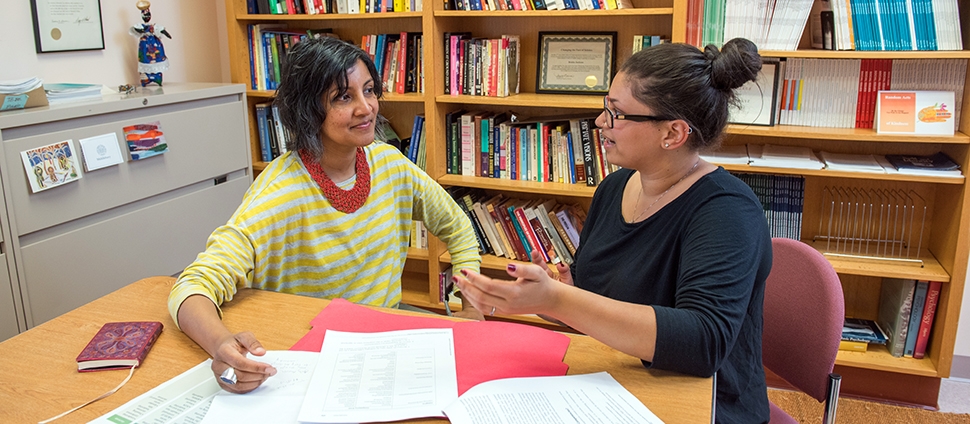Document Type
Article
Publication Date
8-1-1998
Publication Title
Behaviour Research and Therapy
Abstract
Two studies examined hypotheses about compulsive hoarding, compulsive buying and beliefs about saving and discarding derived from the cognitive-behavioral model of compulsive hoarding. A cognitive behavioral model of compulsive hoarding. Behaviour Research and Therapy, 34, 341-350.]. Study 1 examined the hypotheses in a college student population, while study 2 compared members of a support group for hoarding and clutter-related problems with a nonclinical control. Across studies the hypotheses were supported. Compulsive hoarding was associated with compulsive buying and the frequency of acquisition of possessions discarded by others, suggesting that compulsive acquisition may be a broader construct than compulsive buying among people with hoarding problems. Regarding its association with OCD symptoms, hoarding was most closely associated with the impaired mental control features of OCD. Finally, in a hoarding-related task, hoarding was associated with a greater frequency of reasons to save, but was not associated with fewer reasons to discard a target possession.
Keywords
Compulsive buying, Compulsive hoarding
Volume
36
Issue
7-8
First Page
657
Last Page
664
DOI
10.1016/S0005-7967(98)00056-4
ISSN
00057967
Version
Version of Record
Recommended Citation
Frost, Randy O.; Kim, Hyo Jin; Morris, Claire; Bloss, Cinnamon; Murray-Close, Marta; and Steketee, Gail, "Hoarding, Compulsive Buying And Reasons For Saving" (1998). Psychology: Faculty Publications, Smith College, Northampton, MA.
https://scholarworks.smith.edu/psy_facpubs/161


